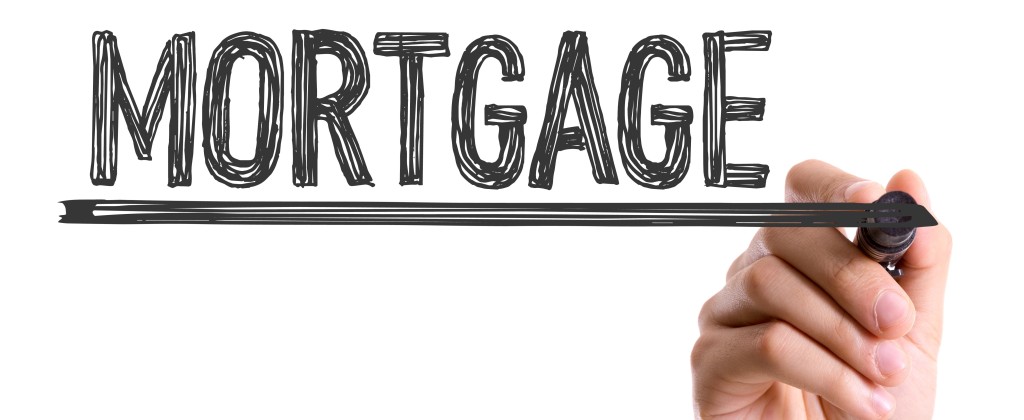When you apply for a mortgage, your lender will analyze your debt ratios, which are also known as your debt-to-income ratios, or DTI. Lenders calculate DTIs to ensure you have enough income to comfortably pay for a new mortgage while still being able to pay your other monthly debts. There are two debt-to-income ratios that your lender will analyze: Housing ratio or front-end ratio.
Your lender will add up your anticipated monthly mortgage payment plus other monthly costs of homeownership. Other costs of homeownership could include homeowner association (HOA) fees, property taxes, mortgage insurance and homeowners insurance. Normally, some of these expenses are included in your monthly mortgage payment. To calculate your housing ratio or front-end ratio, your lender will divide your anticipated mortgage payment and homeownership expenses by the amount of gross monthly income. Total debt ratio or back-end ratio.
In addition to calculating your housing ratio, a lender will also analyze your total debt ratio. At this time your other installment and revolving debts will be analyzed and added together. Installment and revolving debts will appear on your credit report. These payments are expenses like minimum monthly credit card payments, student loan payments, alimony, child support, car payments, etc. Your lender will add up all your monthly installment and revolving debts in addition to your estimated monthly mortgage payment and housing expenses and divide that number by your monthly gross income.
Debt-to-income limits
- Generally, your front-end and back-end debt ratios should be 28 percent and 36 percent or lower.
- FHA limits are currently 31/43, though these can be higher with justification from the lender.
- VA limits are only calculated with one DTI of 41.
- USDA limits are 29/41. Some lenders may be able to qualify you with a much higher back-end ratio by getting you approved for a non-conforming loan.
- A non-conforming loan does not conform to purchasing guidelines set by Fannie Mae and Freddie Mac. These purchasing guidelines usually have to do with standards or limitations on credit scores, LTVs and DTI ratios.
- Generally non-conforming loans are considered riskier, and a borrower typically has to pay more than they would for a conforming loan.








Leave a Reply